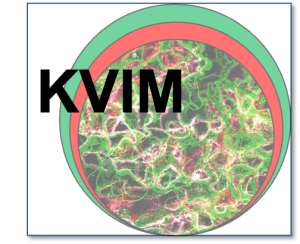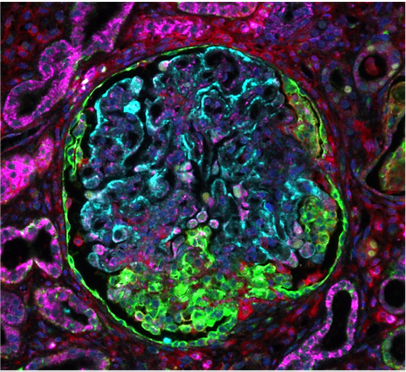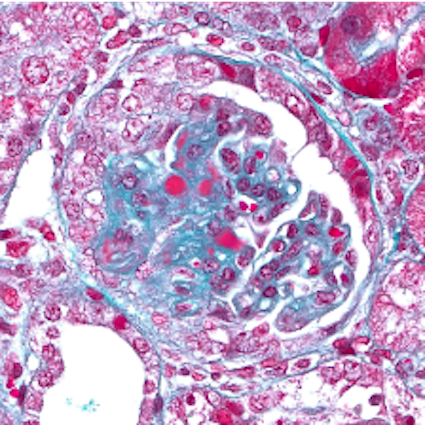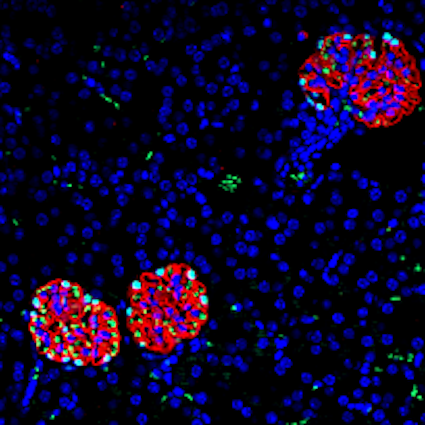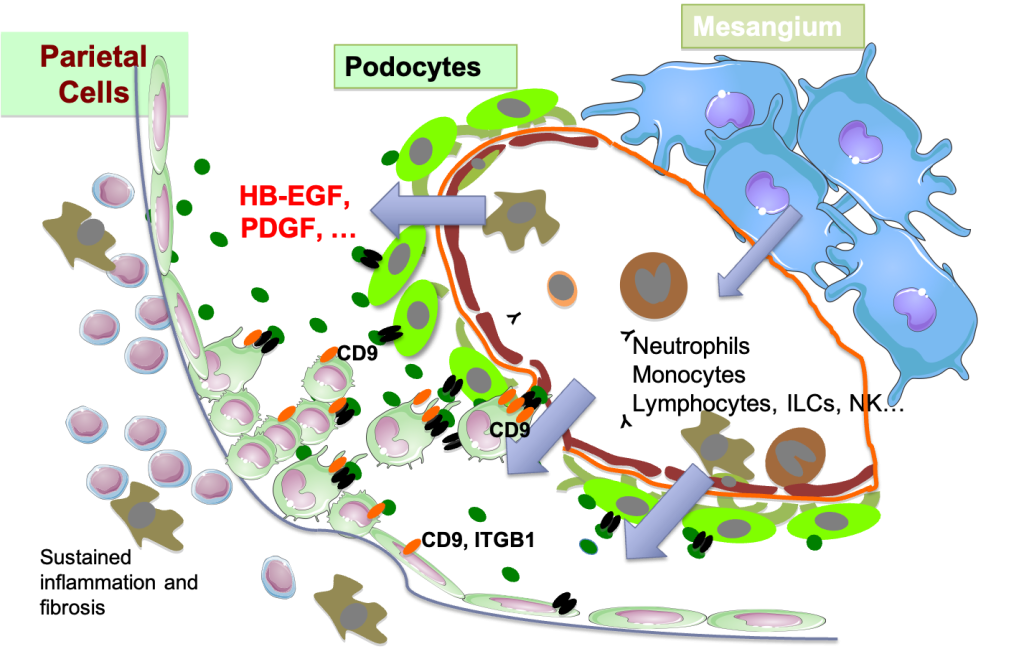

TEAM LEADER : Pierre-Louis Tharaux & Olivia Lenoir
Mail : pierre-louis.tharaux@inserm.fr or olivia.lenoir@inserm.fr
THARAUX: +33 6 89 50 29 48 / +33 1 53 98 80 19
Location : 2nd floor, room 219 & 220
DOCTORAL SCHOOL : Ecole Doctorale Bio Sorbonne Paris Cité (BioSPC)

The Tharaux group study the pathophysiological mechanisms of glomerular injury in rare glomerulopathies and common chronic kidney diseases (CKD).
We aim to identify druggable pathways and invasive and non-invasive markers of pathogenic glomerular epithelial cells in CGN and FSGS.
Whereas most effort has focused on fibroblasts, our research ambition is instead to restore epithelial functions.
We aim to identify key cellular and molecular actors of the fibrotic niche and druggable targets.
We dissected mechanisms driving the development of extracapillary lesions in FSGS and CGN. We addressed the key question of how parietal epithelial cells (PECs) invade glomerular capillaries, promoting injury and kidney failure. We showed that expression of the tetraspanin CD9 increases markedly in PECs in mouse models of CGN and FSGS and in the kidneys of individuals diagnosed with these diseases. Cd9 gene targeting in PECs prevents glomerular damage in CGN and FSGS mouse models. Mechanistically, CD9 deficiency prevents the oriented migration of PECs into the glomerular tuft and their acquisition of CD44 and β1 integrin expression. These findings highlight a critical role for de novo expression of CD9 as a common pathogenic switch driving the PEC phenotype in CGN and FSGS while offering a potential therapeutic avenue to treat these conditions. Our findings reinforce this paradigm that “activation” of resident glomerular cells play a key role in disease progression and extend the concept by examining interactions between surrounding cellular and molecular systems involved in CGN.
We uncovered the roles of the ET-1 receptors in myeloid cells in vascular diseases. Myeloid ETB receptors command the concentration of the ET-1 vasoconstrictor in the arterial wall and tissues. Two studies demonstrated the key role for the myeloid ETB receptors in the control of systemic vascular resistance and blood pressure as well as in hypertensive kidney and retina injuries. We also demonstated that ET-1 acts as a chemokine in sickle cell crises, recruiting and promoting neutrophils adhesion to the microvascular endothelium and transmigration in tissues.
